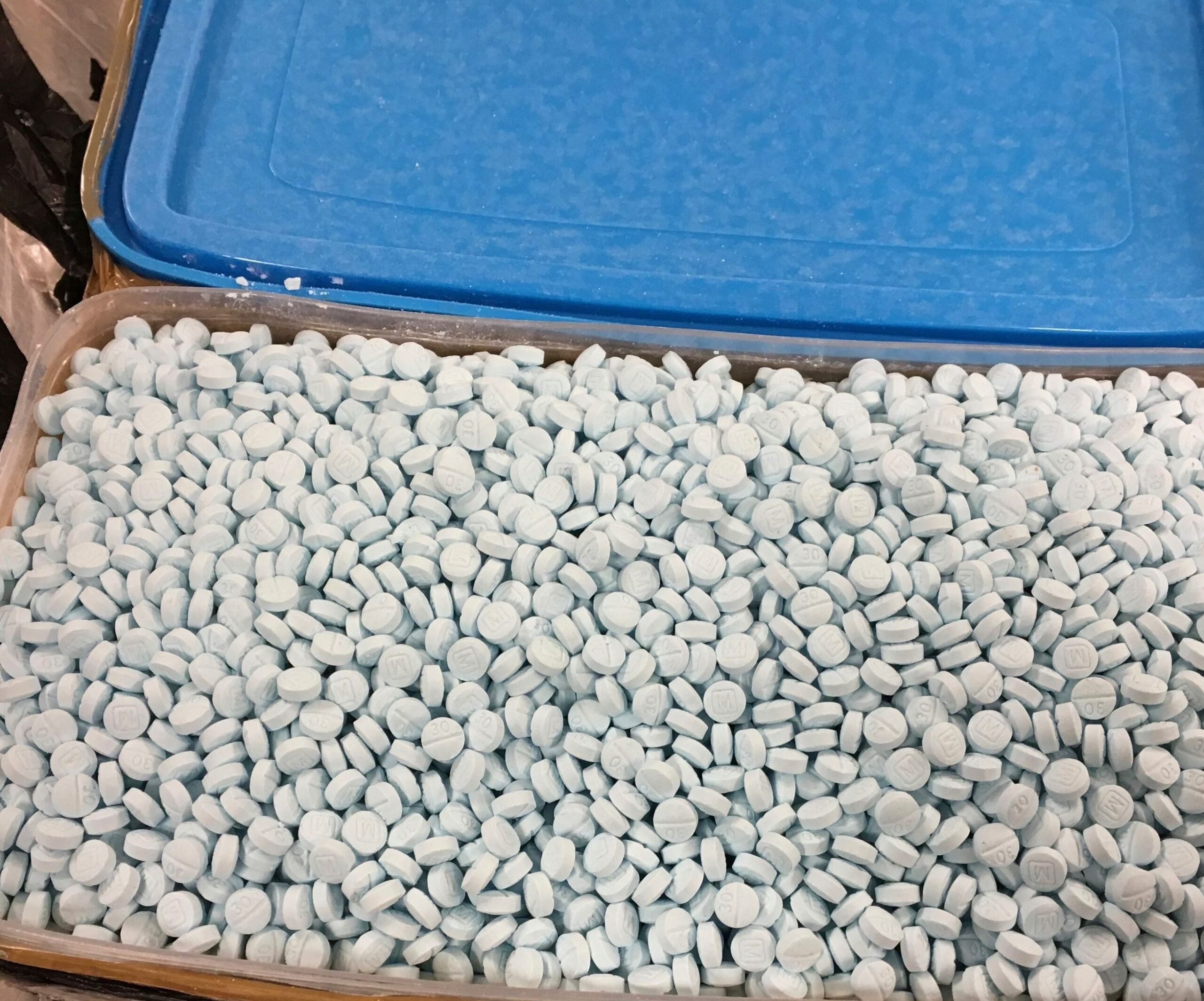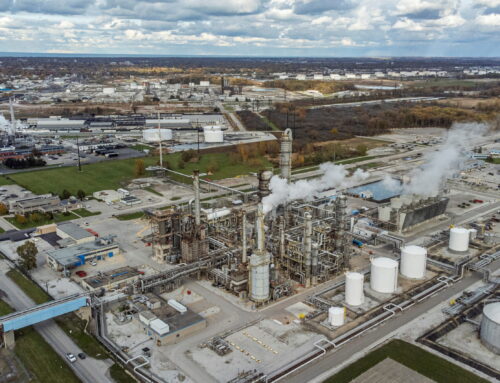July 13, 2021
-Washington Examiner
Chinese money launderers and fentanyl-makers have gone into business with Mexican drug cartels, teaming up to make billions of dollars a year trafficking the powerful opioid that is killing thousands of people in the United States.
The fentanyl boom facilitated by China represents a third wave of the opioid epidemic, following first an increase in the abuse of prescription painkillers around the turn of the century and then a rise in heroin use. But the fentanyl phase is different in that it involves an international operation of people in multiple countries working together to produce and transport the drugs and then secretly shuttle the profits across U.S. borders.
“It’s the greatest drug scourge in American history — more Americans killed annually than any time in history, and so, yeah, this is a problem of epic proportions,” said Ben Westhoff, author of Fentanyl, Inc.
Authorities have long been aware that China and Mexico have teamed up to produce and profit in this endeavor, but in recent years, Chinese businesses have stepped up not to only facilitate the making of fentanyl but also the laundering of profits out of the U.S.
Recognizing that fentanyl was becoming the new face of the opioid epidemic, the Trump administration pressured Chinese President Xi Jinping in 2019 to make the drug illegal. In response, labs in Wuhan, China, that make most of the fentanyl consumed in the U.S. pivoted to produce instead the precursor ingredients that were themselves not illegal.
“People in labs in China are producing this substance that is killing Americans,” former U.S. Deputy Attorney General Rod Rosenstein said in a 2018 interview, long before the global emergence of the coronavirus, which also was first detected in Wuhan.
The fentanyl ingredients are sent to Mexico, where the final product is made. It is then snuck over the U.S.-Mexico border and dispersed nationwide. The trouble for traffickers in recent years has been sending profits back to Mexico as border security measures have been enhanced, making it harder to drive back bulk loads of cash.
The Chinese government attempted to crack down on the transfer of cash in 2017, when it placed a $50,000 U.S. dollar cap on individuals’ annual foreign currency exchanges. As a result, money launderers stepped in to assist illegitimate businesses. They were a natural choice for Mexican organizations already in business with Wuhan labs for fentanyl precursors, “allowing these criminal organizations to further their activities, flooding our communities with dangerous drugs, causing devastating addictions and death,” a Drug Enforcement Administration official wrote in an email. The Chinese now dominate the money laundering sector.
“Law enforcement reporting indicates an increase in Chinese money laundering groups and Mexican [transnational criminal organizations] collaborating to move/launder money,” a 2020 DEA assessment states. “In some cases, there appear to be agreements between Mexico-based TCO leaders and Asian [money laundering organization] heads based in Mexico.”
The U.S. government has also seen an increase in money laundering through underground Chinese banking systems. The money is deposited at businesses in the U.S. or Canada that serve as a front or work with Chinese money launderers. Examples include real estate in Vancouver, British Columbia; textiles in California; and Las Vegas casinos, Westhoff said. Once absorbed by the businesses, the money is sent back to China and then on to the Mexican cartels. With the profits, cartels will reinvest and buy more fentanyl ingredients.
Over the past several years, the Justice Department has gone after Chinese businessmen who laundered millions of dollars for the Mexican drug cartels. In 2020, the Treasury Department’s Office of Foreign Assets Control designated four Chinese citizens as “facilitating payments for the purchase of fentanyl analogues or other controlled substances” for drug traffickers in Mexico and Colombia. Federal lawyers believe a different Chinese money broker moved up to $65 million in illegal drug profits on behalf of Mexican drug cartels, including Joaquin “El Chapo” Guzman’s Sinaloa Cartel.
Mexican cartels are in the business of selling whatever drug brings in the most money and is easiest to produce. Through the decades, federal law enforcement at the U.S.-Mexico border has seized millions of pounds of drugs that transnational criminal organizations, or cartels that move people, drugs, and goods over international boundaries, attempted to smuggle into the U.S. either at ports of entry or between the ports. Nearly all of the pounds of drugs seized were marijuana, but marijuana seizures have significantly declined in recent years. Unlike marijuana, fentanyl can be produced year-round and is more profitable, part of the reason cartels are abandoning marijuana.
The emergence of fentanyl began nearly a decade ago. U.S. Customs and Border Protection, the federal agency responsible for safeguarding the country’s borders, first reported seizing fentanyl in fiscal year 2013, when 2 pounds were found. One kilogram, equivalent to 2.2 pounds, of fentanyl can contain 500,000 potentially fatal doses.
Last year, CBP employees seized 4,776 pounds of fentanyl. In the first eight months of fiscal year 2021, federal law enforcement on the border has stopped 7,450 pounds of fentanyl from getting into the country, primarily at the southern border as well as through international mail. That is equivalent to 1.689 billion lethal doses.
The opioid epidemic began with the abuse of pharmaceutical drugs that come from the same family as heroin and fentanyl. Heroin is a very addictive analgesic drug derived from morphine, which is naturally produced by opium plants.
Fentanyl is man-made and is up to 100 times stronger than morphine. Because just three grains of the sandy substance are strong enough to put a person in a coma, it takes far less for a user to get high and easier to transport. It is often moved in pill form over the border. One in four pills tested by the DEA was potentially fatal. More than 81,000 people in the U.S. died last year from a drug overdose, the most ever in a year. The Centers for Disease Control and Prevention said synthetic opioids like fentanyl “appear to be the primary driver of the increases in overdose deaths.”
Westhoff said that an attempt by the Biden administration to take a tougher approach on China would not do anything to rein in the situation and would only lead to Mexican cartels getting the precursor ingredients they need for manufactures elsewhere, including India. President Joe Biden’s administration has seen a worsening of relations with China since January, complicated by the burgeoning fentanyl crisis.
The DOJ, FBI, ICE, and State Department declined to comment or did not respond to requests.




